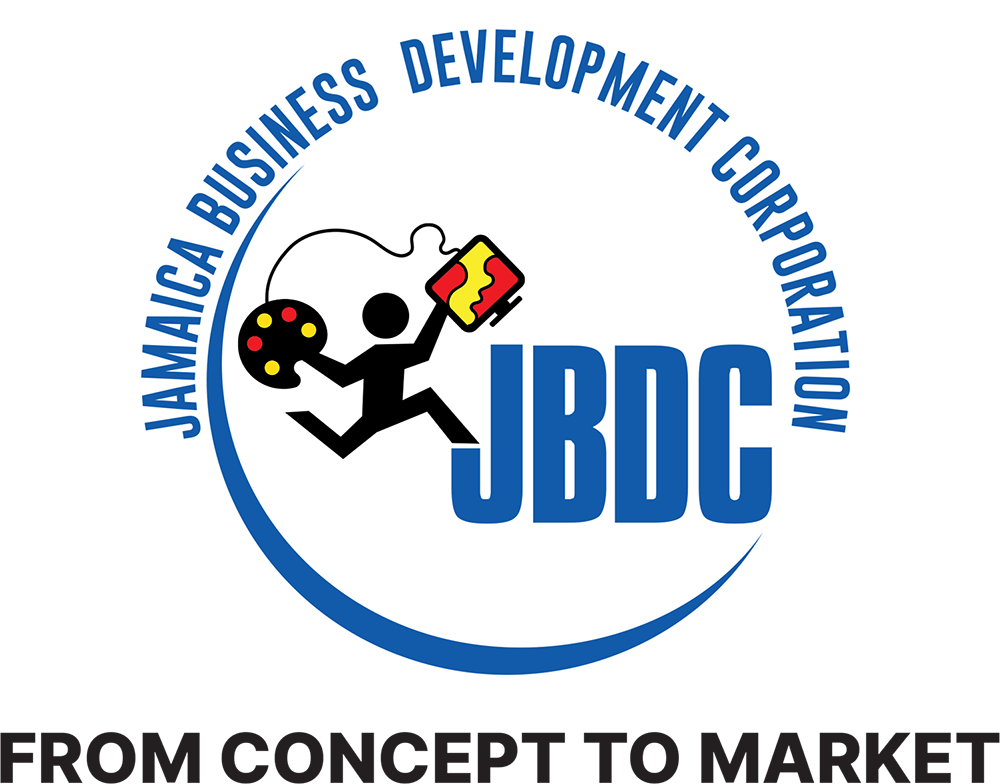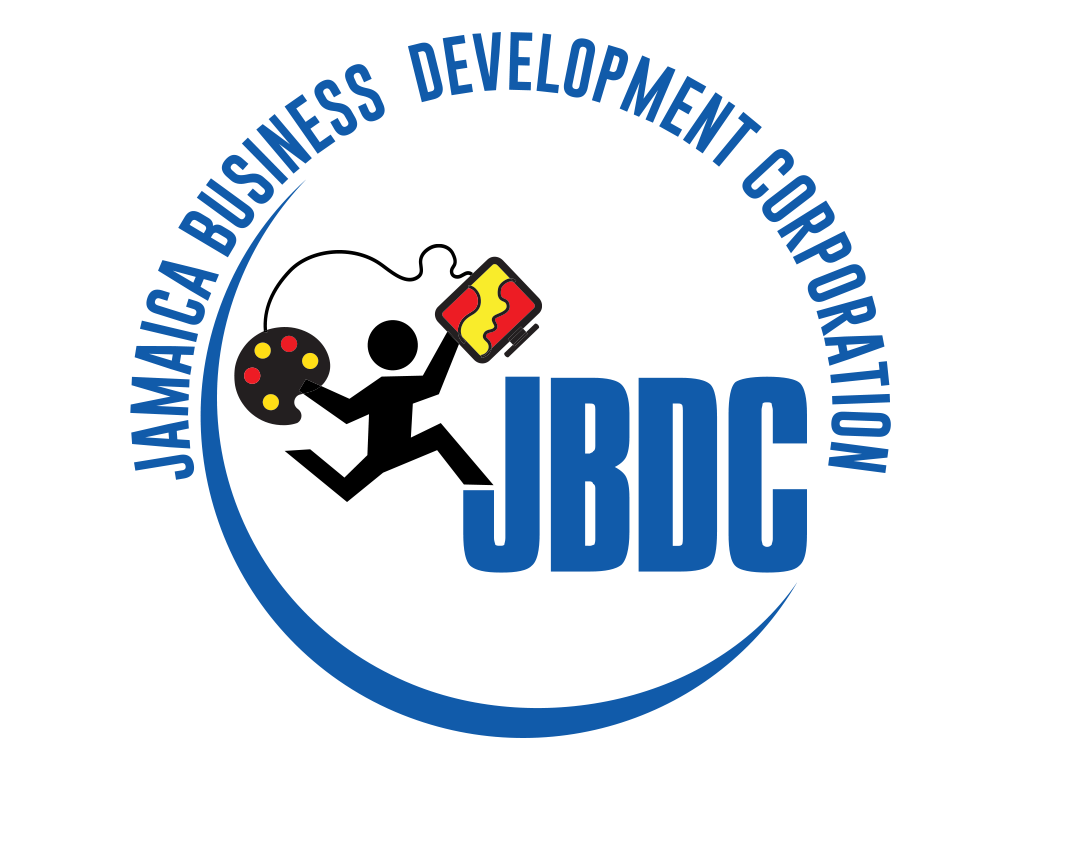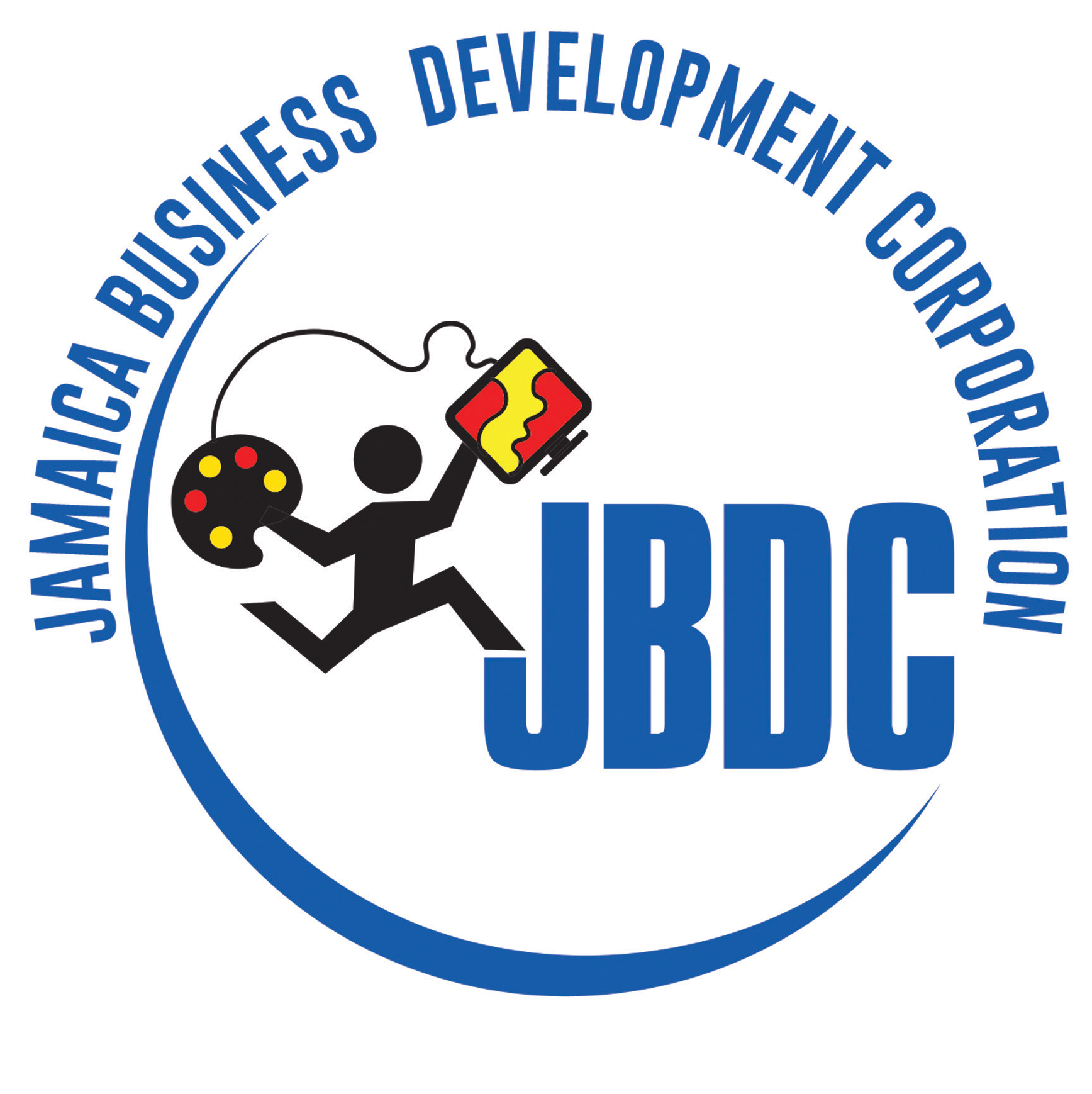If you are keen on scaling-up your business in 2024, you need to set some SMART goals. But what good are these goals if no systems are in place to achieve them? This week the Entrepreneur Weekly will be showing you how to use Key Performance Indicators (KPIs) to grow your small business.
Klipfolio says a, “KPI is a measurable and quantifiable metric used to track progress towards a specific goal or objective”. Reviewing performance using KPIs helps organisations identify strengths and weaknesses, make data-driven decisions, and optimise performance.
For example, you are a small business that sells hand crafted bar soaps. Your goal is to increase sales this year by selling 20,000 bar soaps. So, you set a KPI to track sales every quarter. That is, 5000 bar soaps sold per quarter.
Klipfolio says these questions can help to define your KPI:
1. What’s the desired outcome? Sell 20,000 bar soaps in 2024.
2. How are you going to measure progress? Revenue measured in dollars.
3. How can you influence the outcome? Set up marketing campaigns.
4. How often will I evaluate my performance? Quarterly
5. How will I know I’ve achieved my KPI? 5000+ bar soaps sold every quarter Set the goal, work backwards to define the KPI and the metrics you will employ to track it. In this case, your metric would be revenue. Say one of the bar soaps costs $100. If your revenue is $300,000 in the first quarter, that means, you sold only 3000 bar soaps and missed the 5000 quarterly target. Numbers don’t lie.

Types of KPIs
Keera Walters, Assistant Manager of the Business Advisory Services Unit at the Jamaica Business Development Corporation (JBDC) makes it clear that choosing KPIs is not a ‘one cap fits all situation’. She says, “Key Performance Indicators vary based on the stage of business, and must directly tie into their business goals.”
- Financial KPIs: These KPIs focus on financial metrics such as revenue growth, profitability, return on investment (ROI), and cash flow. They provide insights into the financial well-being and stability of your organisation.
- Operational KPIs: These measure the efficiency of your operations and operational processes. They can include metrics related to production output, quality control, and inventory management.
- Customer KPIs: As the name suggests, these focus on measuring your success in meeting your customer’s needs, expectations, and preferences.
- Sales KPIs: These indicators help assess the effectiveness of your sales strategies.
6 KPIs Every Small Business Needs
Here are 6 KPIs Keera says all small businesses must have:
- Revenue Growth Rate: This KPI measures the percentage increase in a company’s revenue over a specific period. It reflects the business’s ability to generate more income, indicating its overall health and success.
- Customer Acquisition Cost (CAC): CAC calculates the average cost a business incurs to acquire a new customer. Monitoring this KPI helps ensure that customer acquisition expenses are in line with the value those customers bring to the business.
- Gross Profit Margin: This KPI represents the percentage of revenue that exceeds the cost of goods sold. A healthy gross profit margin is crucial for covering operating expenses and achieving overall profitability.
- Cash Flow: Monitoring cash flow is essential for small businesses. It tracks the movement of money into and out of the business, ensuring there’s enough liquidity to cover operational needs, debts, and future investments.
- Debt-to-Equity Ratio: This ratio assesses the proportion of a company’s financing that comes from debt compared to equity. Monitoring this KPI helps in understanding the business’s financial structure and its ability to manage and service its debt.
- Process Cycle Efficiency (PCE): PCE measures the effectiveness of a business process by evaluating the ratio of value-added time to total cycle time. It helps identify and eliminate inefficiencies in processes, leading to improved overall productivity and resource utilisation.
Regularly assess and adjust these indicators to stay responsive to changing market conditions and keep your business on track for growth. It is important that you meet with a Business Development Officer (BDO) at the JBDC if you need help with strategic planning. Visit www.jbdc.net to book a consultation today to get started! JBDC, growing ‘From Concept to Market’.

Author










